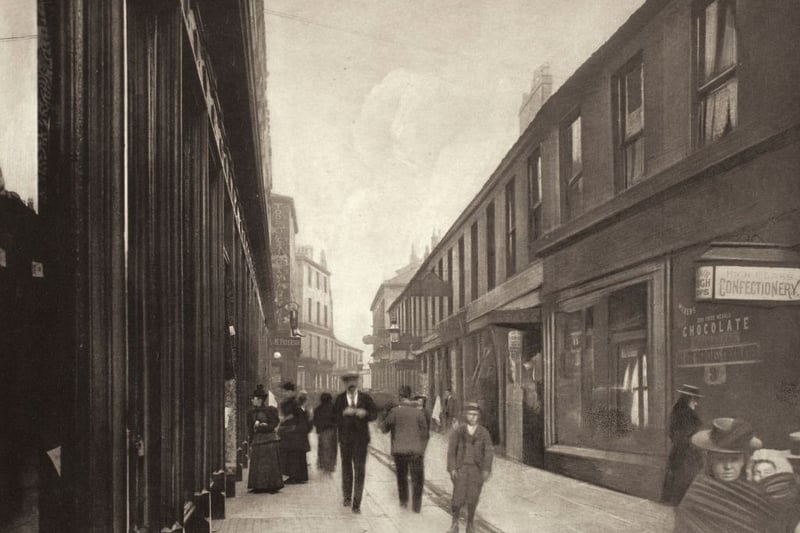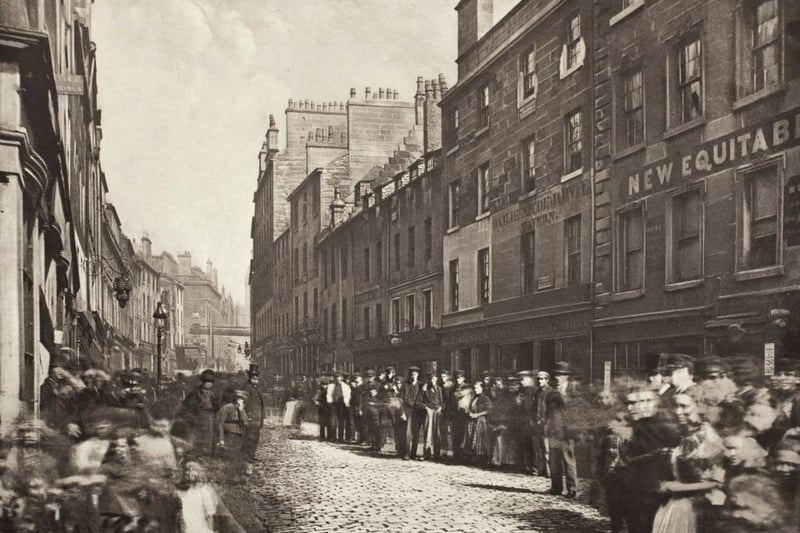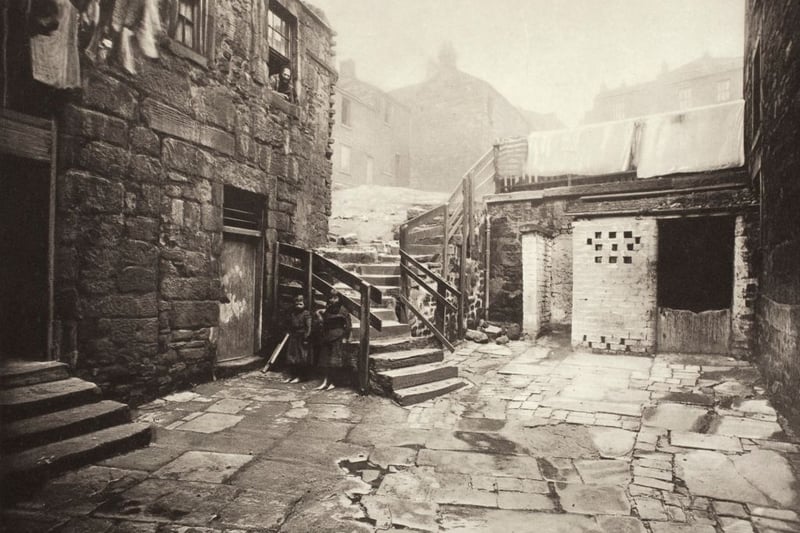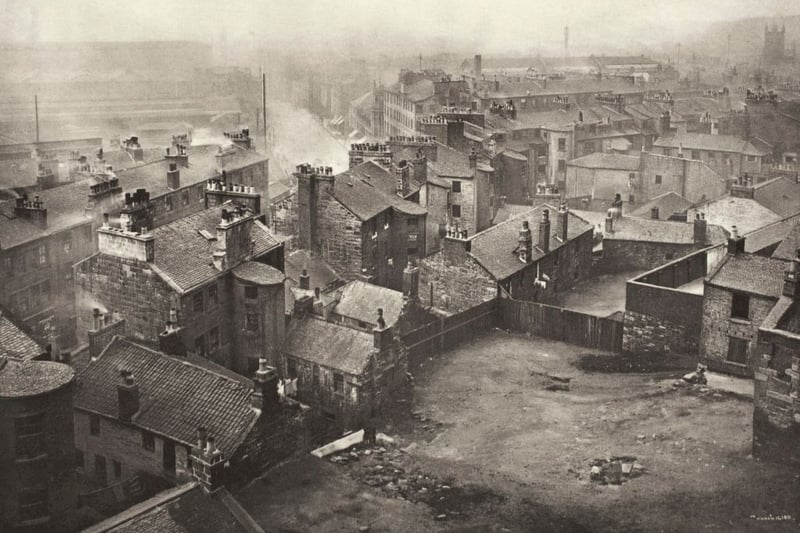For more than 25 years, he prodigiously recorded the people, the social landscape, and the built environment of the city during a period of rapid growth and change.
Prints Annan made at the end of his career demonstrated technical innovations he perfected and championed on the streets of Glasgow while exploring his deep fascination with Glasgow's streets and people.
Thomas Annan opened his own photographic firm in Glasgow in 1857 and remained active until his death three decades later. He worked at a time when the city’s population increased dramatically and industry neared its peak.
Initially Annan garnered attention for work that ranged from studio portraiture and reproductions of artwork to landscapes, but he also quickly emerged as an important documentarian of Glasgow and its outskirts.
Today, Annan is remembered principally for his haunting images of tenements and closes, slated for modification or demolition as a result of the Glasgow City Improvements Act of 1867. Considered a precursor of the social documentary tradition in photography, Annan’s Photographs of Old Closes and Streets series (1868-71) reveals the difficult living conditions of working class Glasgow at the time, but also hints at progress underway.
Transformation of the built environment in Glasgow during this time largely shaped the appearance of the city as we know it today, and Annan effectively documented this evolution.

1. St. Margaret's Place
Printed 1900. Creator: Thomas Annan. Photo by Heritage Art/Heritage Images via Getty Images

2. St. Margaret's Place
Printed 1900. Creator: Thomas Annan. Photo by Heritage Art/Heritage Images via Getty Images

3. Old Houses At Corner Of George Street and High Street
Printed 1900. Creator: Thomas Annan. Photo by Heritage Art/Heritage Images via Getty Images

4. Corner of Duke Street and High Street
Printed 1900. Creator: Thomas Annan. Photo by Heritage Art/Heritage Images via Getty Images
